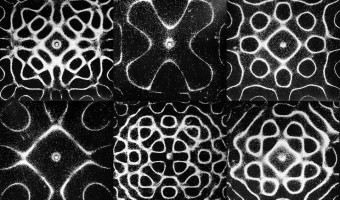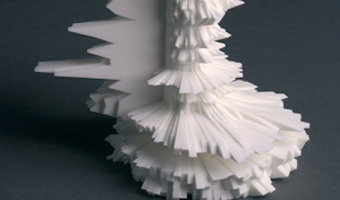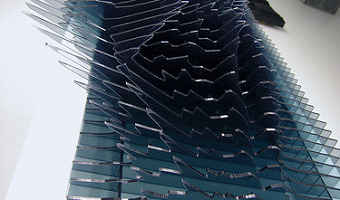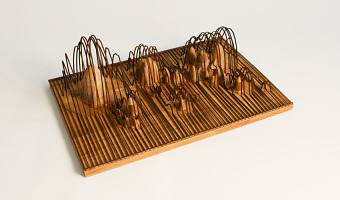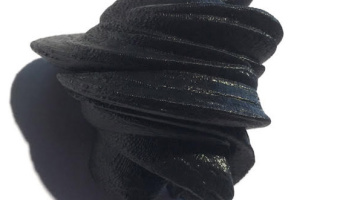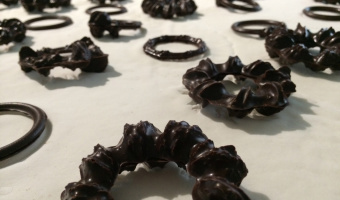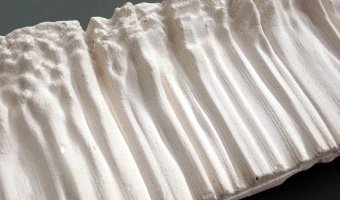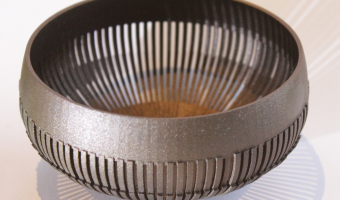
Physical representations of data can target other senses than vision or touch. Stephen Barrass, one of the inventors of sonification in the late 90s and now at the University of Canberra, started to explore physical sonifications in 2011. He calls this principle Acoustic Sonification: Acoustic Sonifications are physical objects designed to make sounds that convey useful information about a dataset of some kind. Unlike other sonifications, they do not require a power supply, and the sounds are […]
Physical representations of data can target other senses than vision or touch. Stephen Barrass, one of the inventors of sonification in the late 90s and now at the University of Canberra, started to explore physical sonifications in 2011. He calls this principle Acoustic Sonification: Acoustic Sonifications are physical objects designed to make sounds that convey useful information about a dataset of some kind. Unlike other sonifications, they do not require a power supply, and the sounds are interactively produced in real time through physical interaction with the object. The image on the top shows his recent Hypertension Singing Bowl (2013), a singing bowl that has been digitally shaped from a year of blood pressure readings, and 3D printed in stainless steel. Its pitch and timbre are a function of the recorded data. The second row shows earlier explorations: to the left is the HRTF Medaillon (2011). The dataset consists of two HRTFs measured on a dummy head. A Head Related Transfer Function (HRTF) characterizes how a particular ear receives sound from different points in space. Because each ear is uniquely shaped its HRTF is also unique. One side of the medallion shows data from the left ear, while the other side shows data from the right ear. This design was initially not meant to produce sounds. The next image shows an iteration (2012) where HRTF data has been used to create bells of different shapes and acoustic qualities. Although differences in shape between the left and right bells are hardly visible, the pitch and timbre they produce can be compared against each other, and with the "null bell" in the middle. Sources: Stephen Barrass (2014) discusses and demos his different designs on youtube. Stephen Barrass (2011) HRTF Medaillon. Stephen Barrass (2012) Digital Fabrication of Acoustic Sonifications. Stephen Barrass (2012) Acoustic Sonification (you can hear the HRTF bells there). Jane (2013) Interview: Stephen Barrass and his Singing Bowls. Stephen Barrass (2014) The Hypertension Singing Bowl: Research Through Design in Acoustic Sonification. Stephen Barrass (2014) Acoustic Sonification of Blood Pressure in the Form of a Singing Bowl. All images by Stephen Barrass. Video by Umwe Bejo.
